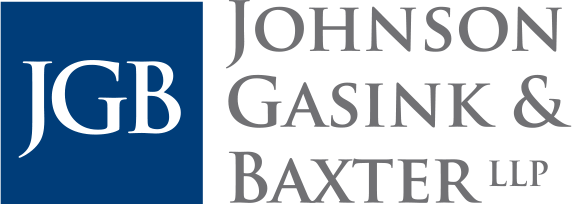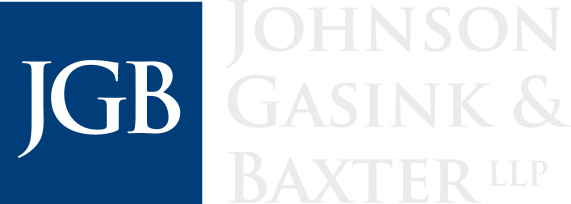I have noticed a consistent misunderstanding amongst clients and potential clients that should be addressed. Too often I hear people exclaim that settlement of a trust at death is ‘automatic.’ I am not certain how they arrived at this conclusion; however, it is completely and utterly flawed. Let’s reason through this together.
First, a revocable living trust (RLT) is a document, pure and simple. Albeit, it is a very powerful and utilitarian document. But, it is a document nonetheless. It is not an animated or sentient thing. More simply put, it is merely a tool. Just as a hammer cannot swing itself to strike a nail, as it requires someone to wield the implement; an RLT cannot administer itself automatically, as it requires the action of a Trustee to cause the words contained in the instrument to materialize into action.
Now that we have established that the RLT does not have the power to act singularly, we must also consider the relation and nature of assets and how they impact the settlement of an RLT. When a Grantor creates an RLT, they typically do not know what assets the RLT will own and hold upon the death or disability of the Grantor at some future date. As such, they are not able to preset all of the necessary actions to be taken for each of these assets, as the nature and types of assets held by the trust will change over time. Different types of assets require different types of action within the settlement process. Assets subject to beneficiary designations will need to be claimed by beneficiaries by completing and submitting claim forms. Real estate will need to be transferred by deed, or sold. Individual equities must be valued and then retitled or liquidated. Tangible personal property has to be inventoried and placed under safekeeping while it is either shipped, picked-up or sold. Sometimes it is easy to overlook that an action must be taken with regard to assets during settlement; however, these things must be accomplished for the RLT to be settled and the assets distributed to or for the benefit of the underlying beneficiaries.
Don’t forget the government. Even though a funded trust avoids the probate system, it does not shield you from all government interaction. For instance, the Social Security Administration must still be notified (and sometimes benefits must be altered). A final Federal income tax return (IRS Form 1040) must be filed for the decedent and the RLT will most likely need a fiduciary income tax return (IRS Form 1041) filed for the administration period after the death of the Grantor. Don’t forget Aunt Ginny. The Commonwealth of Virginia will also want its compliment of state income tax returns completed and filed.
All of these things, and sometimes more, are part of the trust settlement process upon death. As previously stated, a fully funded trust certainly avoids probate, and there is a great amount of benefit in that. However, you should not look at your trust through rose colored lenses and expect it to somehow accomplish these acts on its own. Your trust requires a pilot to navigate it and follow the terms and conditions you have programed into the vessel. That pilot is your chosen trustee and to a lesser extent, your attorney. In understanding this, you will immediately realize that it is an absolute imperative to take all the appropriate preemptive action to make the administration of your trust as smooth as possible upon your death and/or disability by: 1) completely funding your trust pursuant to your attorney’s instructions, 2) communicating with your successor trustee(s) the nature and content of your instructions in advance, 3) make certain that your documents and assets are easily located by your successor trustee(s), 4) periodically review your estate plan with your attorney so that updates can be implemented to take advantage of changes in the law and avoid nasty surprises when you are no longer around to help coordinate and correct the operation of the trust.
No, trust settlement is certainly not automatic. However, with the appropriate amount of preparation and communication, it can be as close to automatic as possible in the hands of the right successor trustee.


